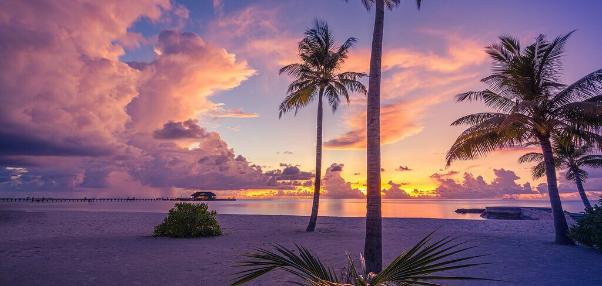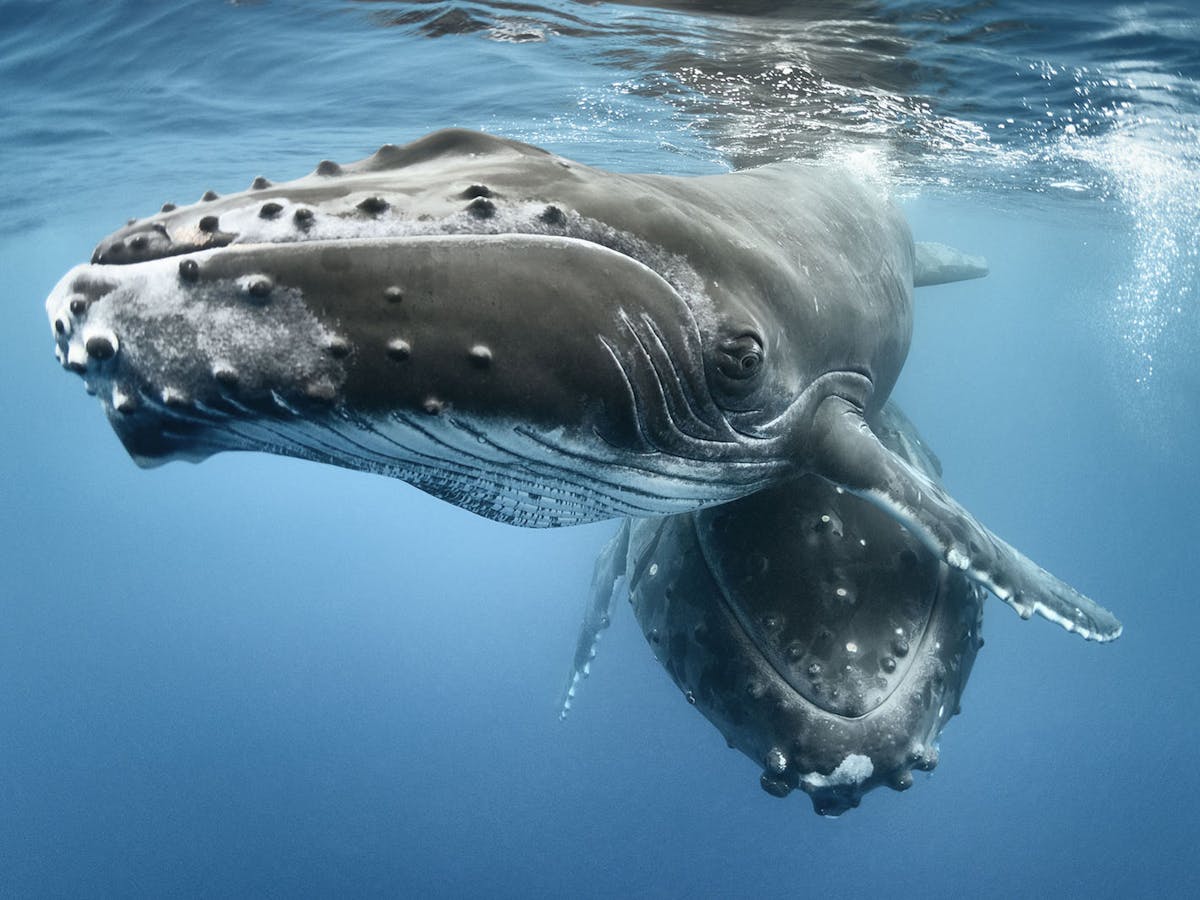If you are one of those eager travelers who want to leave the United States this summer to explore the world and learn about new cultures, we would like to remind you that there is not much time left to plan your trip. This is the best summer to immerse yourself in the cool waters of the Caribbean. Dominican Republic, a country located on the island of Hispaniola in the Caribbean, which is home to thousands of sea creatures, hosts dozens of American tourists every year.
With plenty to do for both beach bums and adventure seekers, this sizable Caribbean island is a favorite vacation spot for 2.7 million Americans. The landscape is as varied as it is interesting, with opulent resorts located on immaculate sand among jungles, waterfalls, and mountain routes. White-water rafting, kite boarding, and sailing are thrilling activities available to thrill-seekers, while luxury golf courses and beach resorts are available to those seeking a more relaxed vacation.

There are dozens of things to do in the Dominican Republic and you can learn about them from many travel agencies. But we offer much more interesting information for you: fun facts about Dominican Republic! There are many fun facts about the Dominican Republic that you might not know yet and will definitely impress you and get you wanting to visit.
The first permanent European settlement in the Americas was on the island of Hispaniola. A city of firsts, it hosts the first Cathedral, the first municipal building and the first university in the New World.
Remember the Jurassic Park amber stone with the preserved prehistoric mosquito inside? The Amber Museum in Puerto Plata has fossilized tree resin on display.

3. Since it produces almost all of the food eaten at breakfast, lunch, and dinner nationwide, the Dominican Republic is a particularly sustainable country.
4. The Dominican Republic's national dish is referred to as "bandera," which is Spanish for "flag." The ingredients are rice, red beans, and stewed meat, which are the colors of the national flag.
5. About 2,000 to 3,000 giant humpback whales visit Samaná Bay on the northeast coast of the Dominican Republic each year. Since their young do not have enough fat to survive in the cold northern waters of winter, they move from the north Atlantic to the warm waters of the Dominican Republic to give birth and breed.
